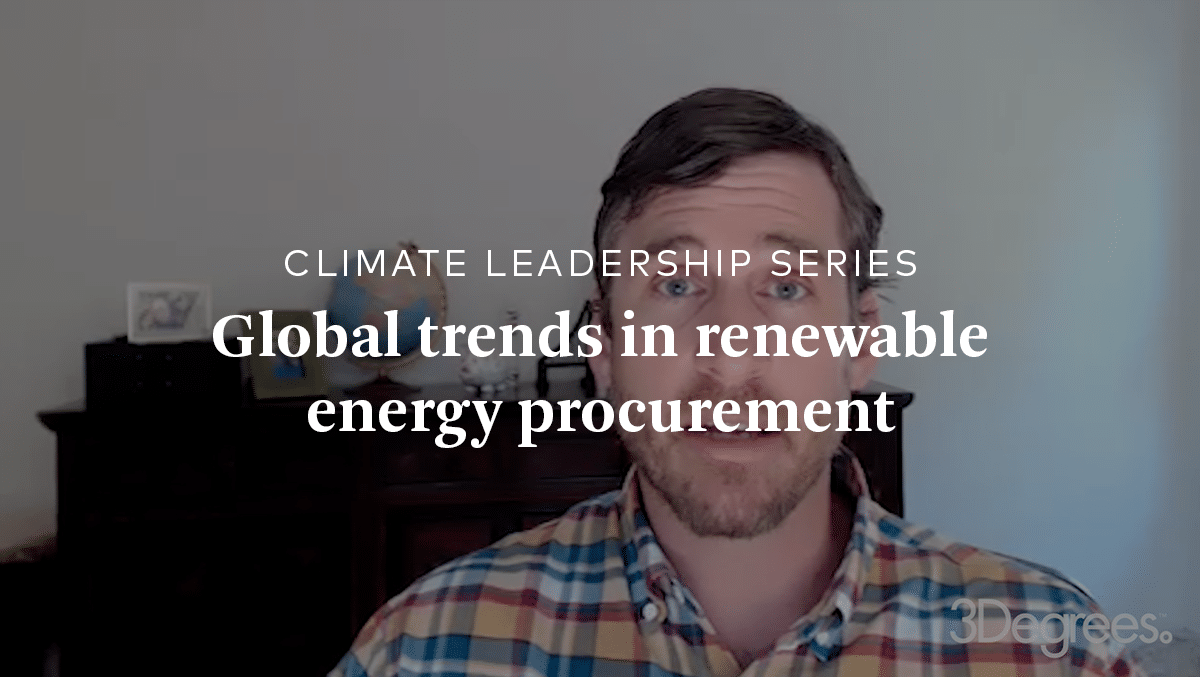


Like a finely crafted recipe, a business’s operations, investments, and revenue streams must come together just so to build a successful enterprise. For Stir Foods, a Southern California food production company, these ingredients are key to its rapid growth. Since merging with two other food manufacturers in 2018, the company has made significant investments to become a premier provider of quality food products for large-scale food producers, retailers, and restaurants.
Part of its investment has gone toward building state-of-the-art production facilities that can scale along with its growth projections. The company began electrifying its facilities and fleet in 2016. Beyond streamlining production, transitioning to electric and low carbon vehicles has the added benefits of eliminating facility emissions, improving air quality, and helping to meet California’s strict health and safety standards.
Though hugely beneficial, the cost of these upgrades are significant and can be prohibitive. Fortunately, various incentive programs have been created to help improve the economics of EV infrastructure installation and total cost of ownership considerations related to EV purchasing. One of the most lucrative of these programs is California’s Low Carbon Fuel Standard (LCFS), a market-based incentive program that focuses on reducing the emissions intensity of the transportation fuel pool. Entities using low-carbon fuels can generate credits which are sold to deficit generators (primarily fossil fuel producers), with the credit generator receiving revenue for those credits. Based on the way the program is structured, electric forklifts are especially well-suited to generate credits and revenue that help organizations finance the electrification of their cargo handling vehicle fleet.
Challenges
The financial upside of participating in the LCFS is clear for electric forklift owners and lessees, however for small-to-mid tier organizations, accessing the market, managing the program’s reporting requirements, maximizing the credit value (via the use of renewable energy) and garnering favorable rates for the relatively small number of credits they generate can be challenging. The LCFS crediting process can be complex and onerous.
Managing the pathway validation process, filing quarterly utilization data, monetizing credits, and conducting annual reporting is time-consuming and requires a great deal of scrutiny, and that can mean a significant time investment from operations and facilities employees that already have their plates full with mission-critical daily tasks. Stir Foods understood that in order to focus on its core business and meet the demands of its growing customer base, it needed to outsource the LCFS credit generation and sale process to a trusted partner that allowed them to access program revenues while retaining the vast majority of the tens of thousands of dollars in credit value to which they are entitled every quarter.
How we helped
 |
Provided LCFS education and market insight
|
 |
Managed the pathway validation process
|
 |
Maximized credit via renewable energy pairing, and aggregating credit sales.
|
 |
Provided LCFS education and market insight
|
 |
Managed the pathway validation process
|
 |
Maximized credit via renewable energy pairing, and aggregating credit sales.
|
3Degrees worked closely with Stir Foods to provide education and market insight, so the company could understand the full value of the opportunity available through the LCFS. After assessing all of Stir Foods’ eligible facilities and helping them understand the compelling revenue generation opportunity available from credit generation and sales, 3Degrees collected relevant equipment and vehicle data and managed the LCFS registration process. This step included the re-registration of equipment that Electric Vehicle Supply Equipment (EVSE) vendors were claiming for themselves.
With registration complete, 3Degrees helped Stir Foods recognize the maximum value for its credit generation. By pairing their credits with renewable energy directly originated by 3Degrees and aggregating supply, 3Degrees was able to avoid additional brokerage fees and build economies of scale resulting in a vastly more competitive rate than if Stir Foods had monetized LCFS credits through an existing partner rebate program or independently. 3Degrees continues to remit the vast majority of the credit value to Stir, in contrast to many other market participants who often return a much smaller fraction of the credit value to customers.
“We were grateful for 3Degrees bringing this revenue opportunity to our attention, for their transparency in illustrating the full value of LCFS credits, and their ability to help us seamlessly tap into an incentive program that funds our electric vehicle fleet now and in the future.”
— Pablo Gallo Llorente, CFO, Stir Foods
Results
After having taken part in the program for over a year, Stir Foods has found the initial LCFS financial models provided by 3Degrees to be precise. Working with 3Degrees has helped Stir Foods uncover and capture an entirely new revenue stream while avoiding a significant portion of the administrative burden that would have made participation otherwise unworkable. After the initial steps in data collection and set up, the program is now on auto-pilot. The revenue generated quarterly from the sale of its LCFS credits can now help finance the fueling, operations, and maintenance of their existing fleet and support additional electrification and lower carbon vehicle activities.
 LCFS Credits revenue:
LCFS Credits revenue:
- Helps finance fueling, operations and maintenance of existing fleet
- Supports additional electrification
- Supports other lower carbon vehicle activities
- Helps finance fueling, operations and maintenance of existing fleet
- Supports additional electrification
- Supports other lower carbon vehicle activities








 LCFS Credits revenue:
LCFS Credits revenue:


Recent Comments